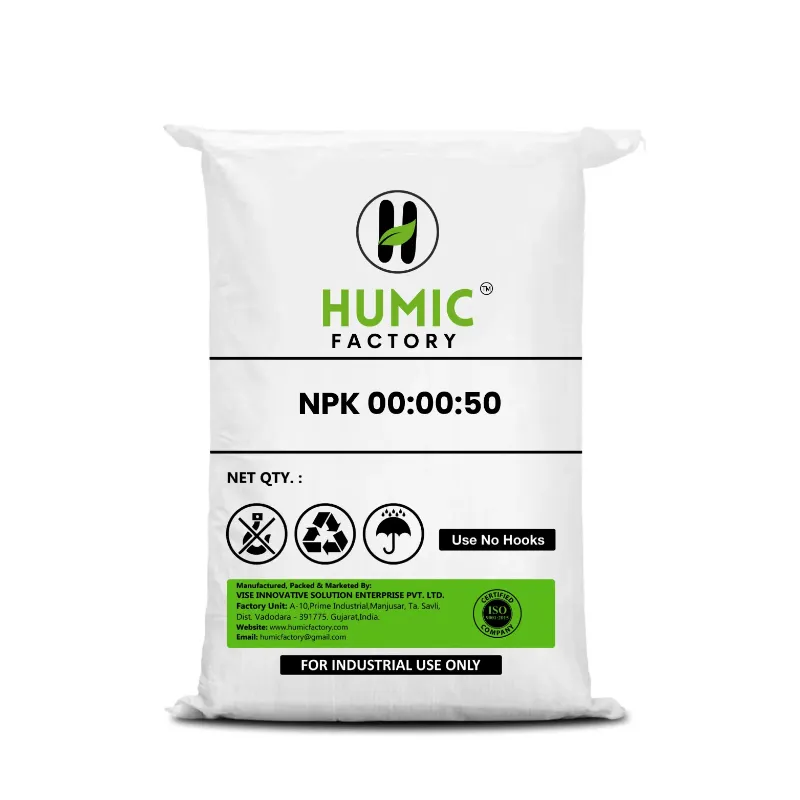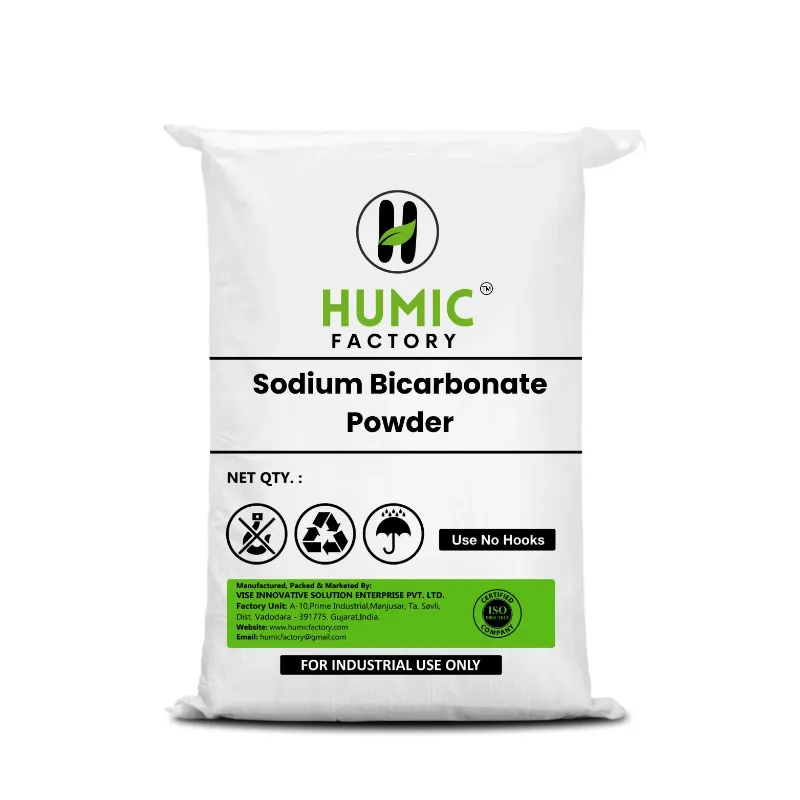Fertilizing crops or plants is an essential part of maintaining healthy growth and ensuring high yields. Two of the most commonly used fertilizers in agriculture are DAP fertilizer and NPK fertilizers, each serving different roles in the plant's life cycle. But understanding when to switch from DAP fertilizer to an NPK ratio for sustained plant nutrition can make a significant difference in the success of your crop management. In this blog, we’ll explore how these fertilizers work, their specific benefits, and when it’s the best time to transition from DAP to an NPK fertilizer to keep your plants thriving. DAP (Diammonium Phosphate) is one of the most widely used phosphorus fertilizers in agriculture. It contains 18% nitrogen and 46% phosphorus. These two nutrients play crucial roles during the early stages of plant growth: The high phosphorus content in DAP fertilizer makes it especially useful for newly planted crops and young plants that need a strong start to their root system. Farmers typically apply DAP at the time of sowing or during the early stages of plant development to help roots grow deep and strong, giving the plants a solid foundation. Once the initial growth phase is over and the plant has developed a healthy root system, plants require a more balanced nutrient profile to continue thriving throughout the growing season. This is where NPK fertilizers come in. Unlike DAP, NPK fertilizers provide a balanced combination of nitrogen (N), phosphorus (P), and potassium (K). Various NPK ratios, such as NPK 20-20-20 or NPK 12-32-16, can be used depending on the specific needs of the crop or stage of growth. The balanced NPK fertilizer ensures sustained nutrition throughout the plant’s life, supporting not just root development but also leafy growth, flower formation, and fruit production. Understanding when to switch from DAP fertilizer to an NPK ratio is crucial to ensuring that plants continue to receive the nutrients they need at every stage of growth. Here’s a breakdown of when the transition should happen: As you transition from DAP fertilizer to an NPK ratio, using products like those from Humic Factory can further support plant nutrition. Humic acid helps improve soil structure, enhance nutrient absorption, and create an ideal environment for plant roots to thrive. Incorporating humic acid alongside your NPK fertilizers ensures that your plants get the maximum benefit from the nutrients they receive, leading to stronger, healthier growth. Humic Factory’s products help unlock the full potential of fertilizers by improving the bioavailability of nutrients like nitrogen, phosphorus, and potassium. Whether you're using DAP or an NPK fertilizer, humic acid makes sure that these vital nutrients are efficiently absorbed by your plants, giving you the best possible results. Once you've made the switch from DAP fertilizer to an NPK ratio, your plants will continue to enjoy numerous benefits: In the early stages of plant growth, DAP fertilizer is an excellent choice for promoting root development. However, as your plants grow, they require a more balanced nutrient profile to sustain their growth, health, and productivity. That’s when you should switch to an NPK fertilizer, which offers a balanced mix of nitrogen, phosphorus, and potassium, supporting continued growth and the production of flowers and fruits. By timing your transition from DAP fertilizer to an NPK ratio like NPK 20-20-20 or NPK 12-32-16, you ensure that your plants receive the nutrition they need for every stage of their life cycle. And by incorporating products like those from Humic Factory, you can further enhance your plants' ability to absorb these nutrients, leading to healthier, more productive crops and a stronger root system.What is DAP Fertilizer?
The Role of NPK Fertilizers
When to Switch from DAP to NPK Fertilizer
How Humic Factory Products Enhance the Transition
Benefits of Using NPK Fertilizers for Sustained Nutrition
Conclusion


Submit your contact number to receive exclusive updates
Something went Wrong Please try again!!!
Bulk Purchase
Get Bulk Discount
Get Discount Code now
फोन नंबर सबमिट करे और ऑफर पाए
We believe farming is hard. This is our attempt to support farmers. Submit your contact details to receive a discount and other offers from Humic Factory.

Recommended Products
COPYRIGHT © 2024. All Rights Reserved By Humic Factory


